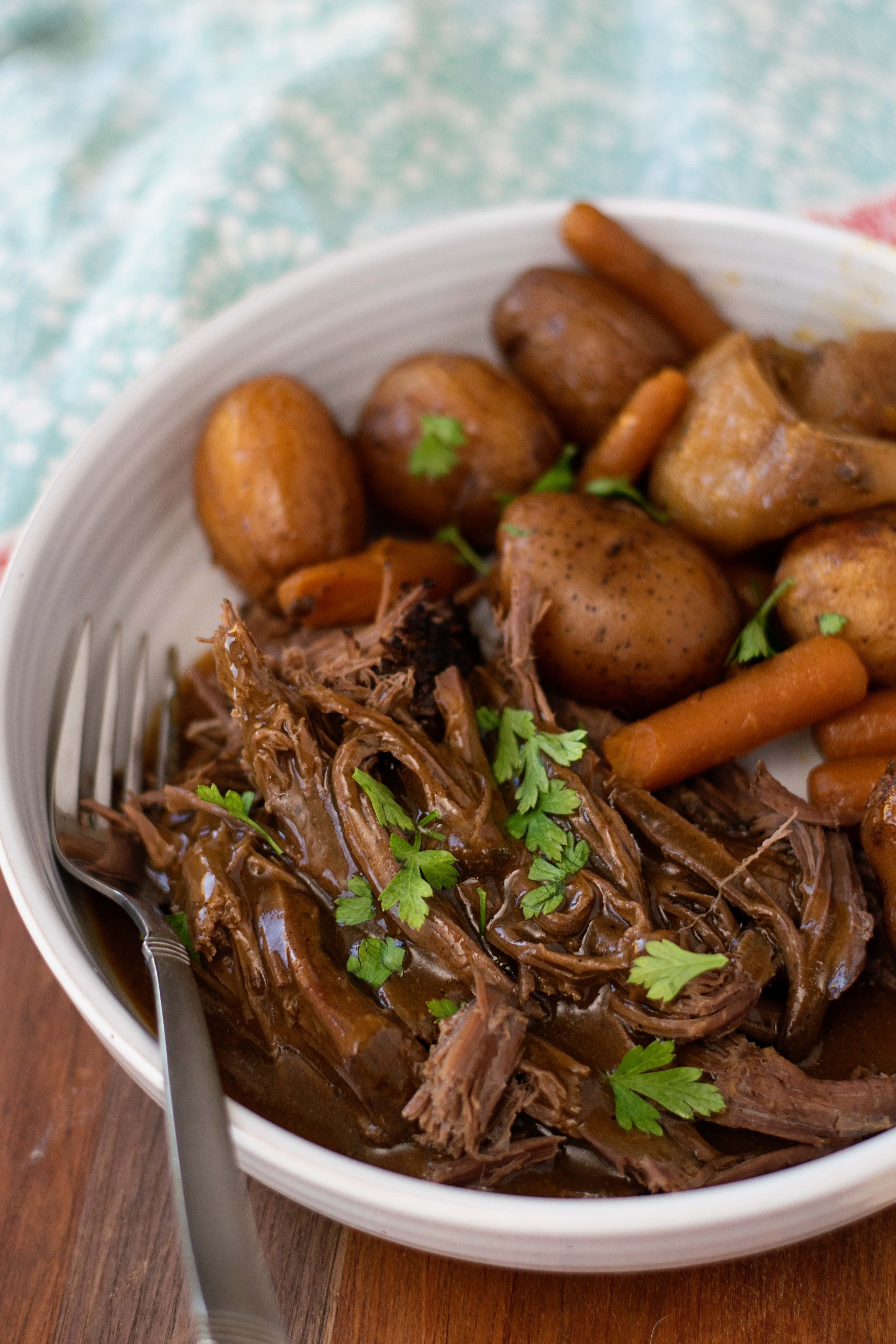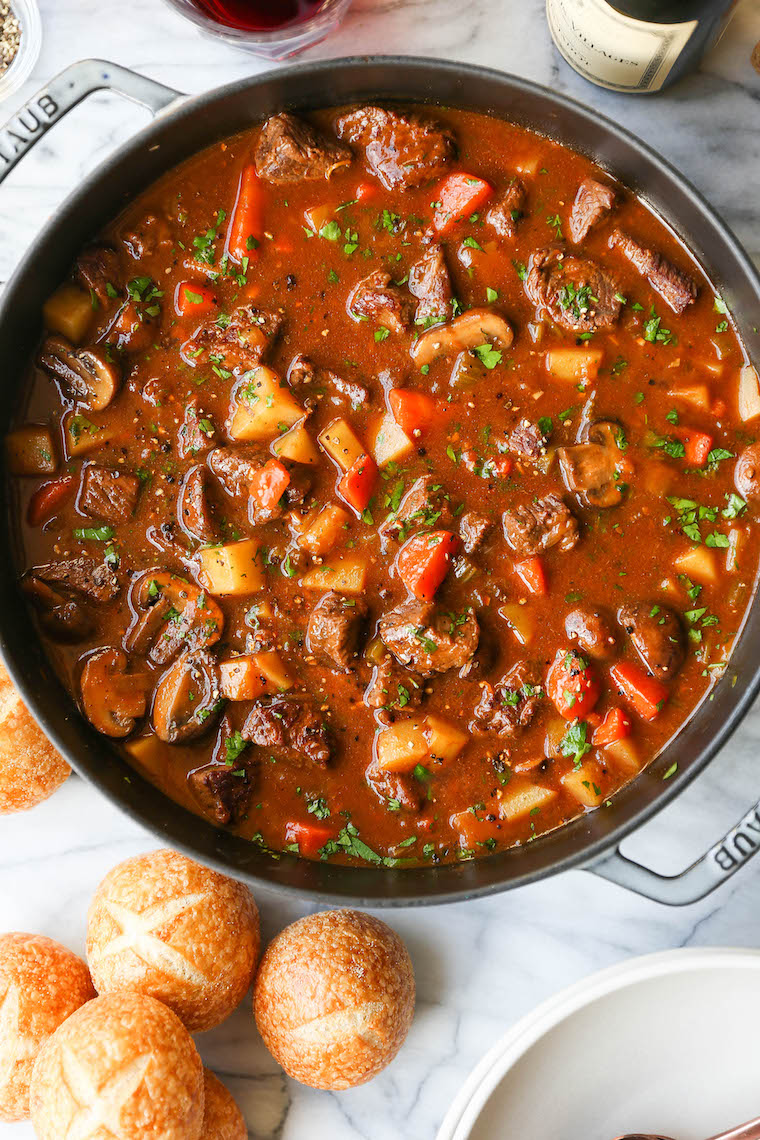How to Pick Top Quality Meat for each Type of Meal You Cook
How to Pick Top Quality Meat for each Type of Meal You Cook
Blog Article
From Ranch to Table: Fresh and Costs Meat Choices
The journey of meat from ranch to table envelops a complicated interplay of quality, values, and sustainability. With an increasing focus on fresh and exceptional alternatives, consumers are currently extra inclined to think about the origins of their food, resulting in a restored concentrate on sustainable farming methods and pet well-being standards. This change not just improves the dietary account of meat however also supports regional economic situations. The implications of these choices expand far beyond individual health and wellness and neighborhood farming. What does this mean for the future of food systems and consumer behaviors?
Understanding Meat Sourcing
As consumers end up being progressively familiar with the beginnings of their food, recognizing meat sourcing has actually acquired vital relevance. Meat sourcing includes tracing the trip of meat from ranch to table, encompassing various elements such as farming methods, pet welfare, and ecological effect. This understanding empowers consumers to make informed choices that line up with their values, specifically regarding sustainability and moral considerations.
The sourcing of meat can vary considerably based on numerous requirements, including the sort of livestock, farming approaches, and geographical area. As an example, grass-fed beef often originates from pasture-based systems that advertise pet welfare and decrease environmental deterioration. Conversely, conventional meat might entail intensive farming methods that raise worries regarding antibiotic usage and habitat damage.
Recognizing the certain farm or area where the meat originates assists customers guarantee top quality and safety. Ultimately, understanding meat sourcing not just boosts consumer choice however also promotes accountable consumption and supports ethical farming practices.
Advantages of Fresh Meat
Picking fresh meat offers many advantages that prolong past flavor and appearance. Fresh meat commonly keeps higher nutritional worth compared to its icy or processed equivalents. It is typically richer in essential vitamins and minerals, such as B vitamins, iron, and zinc, which are critical for maintaining total wellness.
Moreover, the sourcing of fresh meat usually entails much shorter supply chains, minimizing the time between farm and table. This means that the meat is much less likely to shed its dietary honesty during transportation and storage. In addition, consumers can experience enhanced preference and juiciness, which can boost cooking experiences.
Fresh meat likewise gives a possibility for customers to support neighborhood farmers and promote lasting agricultural techniques. When buying from local resources, individuals can add to their regional economy and cultivate a better link to the food they consume.
Lastly, fresh meat is generally complimentary from the preservatives and ingredients frequently located in refined alternatives. This makes it a cleaner, healthier alternative for those seeking to reduce their intake of man-made ingredients. Generally, the advantages of choosing fresh meat encompass wellness, preference, and a sense of community interaction.
Pet Welfare Standards
Ensuring high pet well-being criteria is essential for both ethical factors to consider and the quality of meat products. The treatment of animals directly influences not only the honest effects of meat manufacturing but also the general high quality and safety and security of completion items. Animals increased in gentle conditions are less worried, bring about healthier pets and, subsequently, remarkable meat high quality.
Regulations and accreditations concerning animal welfare have come to be increasingly significant in the meat sector. These structures make certain animals are provided with ample area, appropriate nourishment, and humane handling throughout their lives. Practices such as pasture-raised systems and free-range atmospheres add to better pet well-being by permitting pets to show all-natural habits, which is vital for their wellness.
Moreover, customers are becoming extra critical regarding the resources of their meat, leading to a growing demand for items that abide by stringent pet well-being standards. This change not only advertises ethical farming methods yet additionally encourages manufacturers to take on steps that boost the wellness and welfare of their animals. Meat. Eventually, focusing on pet well-being is not just an ethical imperative; it is likewise a pathway to producing premium-quality meat that satisfies consumer expectations

Lasting Farming Practices
Lasting farming methods play a vital function in enhancing both pet well-being and the quality of meat items. By resource carrying out rotational grazing, farmers can advertise healthy and balanced pasture environments, permitting pets to feed on nutrient-rich turfs while protecting against overgrazing.
In addition, lasting farming frequently incorporates incorporated parasite management and natural feed options, lessening making use of dangerous chemicals. This approach not only safeguards animal health but additionally results in cleaner, more secure meat items for consumers. Water conservation strategies, such as rain harvesting and effective watering systems, even more contribute to lasting practices, guaranteeing that resources are made use of sensibly.
Furthermore, cultivating biodiversity through polyculture systems and maintaining habitats for wildlife boosts the resilience of farming communities. By focusing on these sustainable approaches, farmers can generate top quality meat that satisfies customer need while advertising environmental equilibrium. Eventually, welcoming lasting farming practices is necessary for producing a much more accountable and resilient food system that benefits animals, farmers, and consumers alike.
Finding High Quality Over Amount
Frequently, consumers are faced with the predicament of choosing in between amount and quality when it pertains to meat products. While purchasing bigger quantities might seem economically helpful, the long-lasting benefits of picking top notch meat far surpass the instant financial savings. Quality meat is usually sourced from animals raised in lasting environments, where they are given appropriate nourishment and care, causing remarkable taste and dietary worth.
High-grade meats are commonly without dangerous additives, hormones, and prescription antibiotics that are frequently present in mass-produced choices (Meat). This not only makes sure a healthier dining experience yet also supports moral farming methods that focus on animal well-being. In addition, premium meats have a tendency to have a far better appearance and taste, enhancing the general culinary experience
Purchasing quality meat encourages consumers to value smaller sized portions, permitting an extra conscious technique to consuming. This shift not just affects personal wellness positively but likewise advertises sustainable intake patterns that can benefit the setting. To conclude, focusing on quality over quantity when choosing meat items promotes a more responsible and health-conscious way of life, ultimately improving both the eating experience and the planet.
Verdict

Report this page